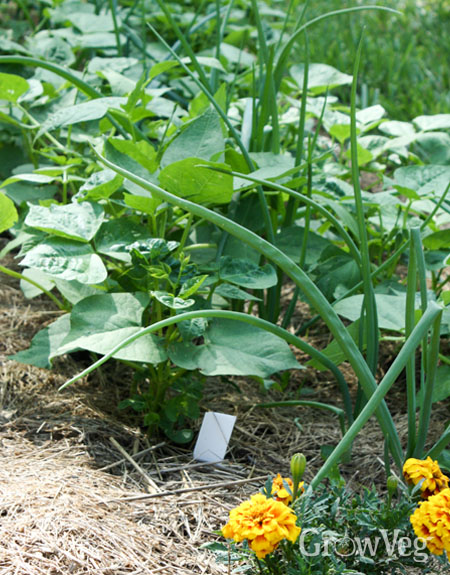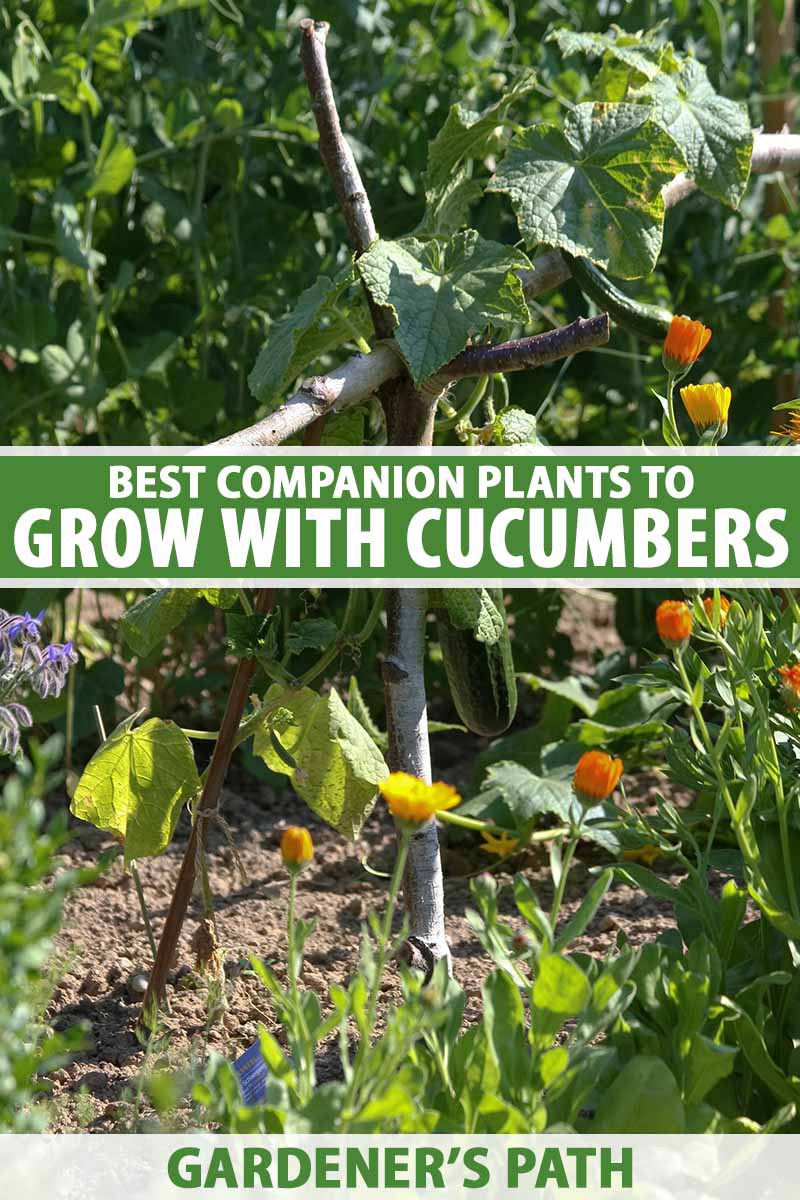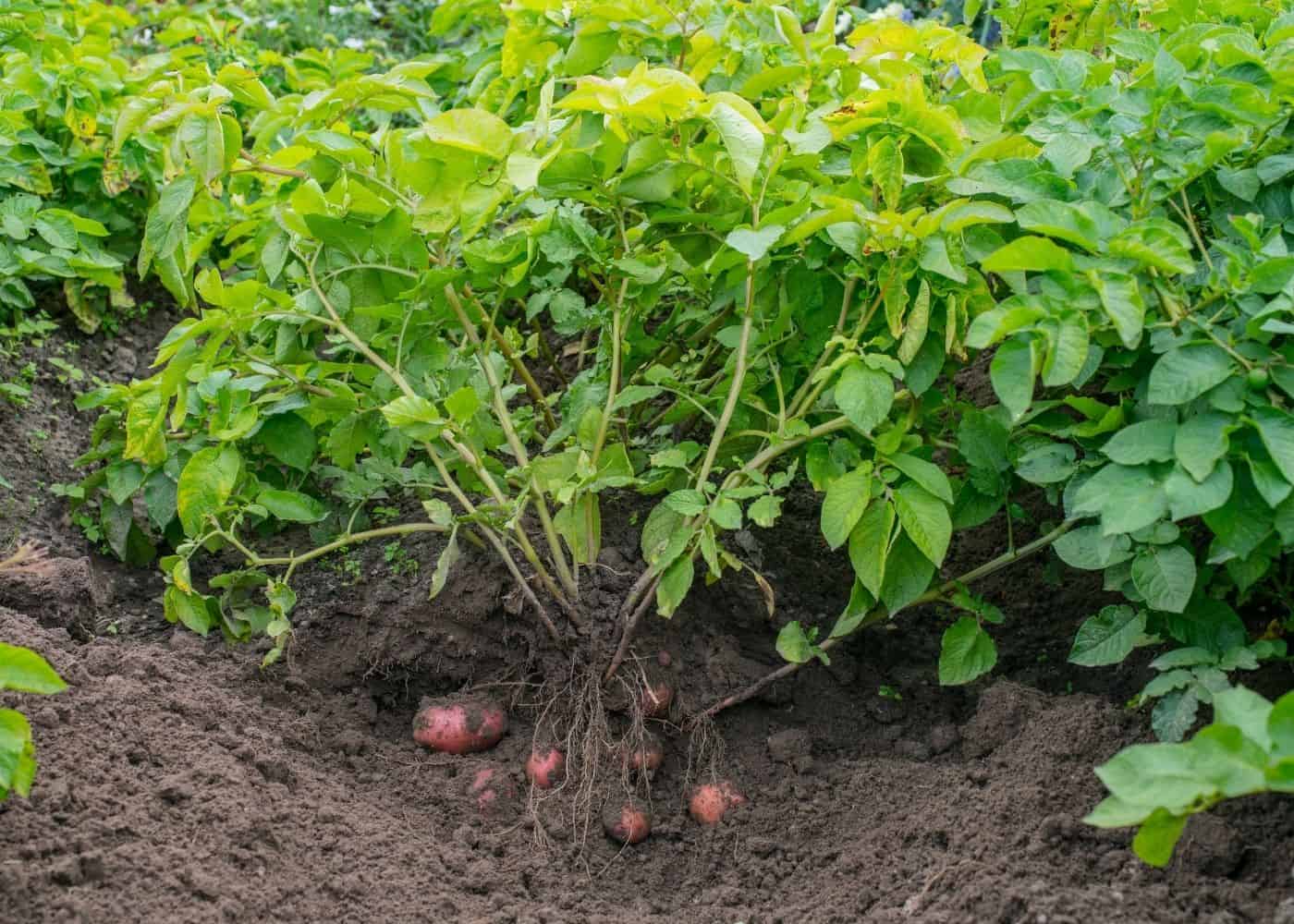The Best Bush Bean Companion Plants For A Healthy Productive Garden
Introduction
Bush beans are a popular vegetable that is easy to grow and can be enjoyed fresh or cooked. They are also a good source of protein and fiber. When planting bush beans, it is important to consider companion plants. Companion plants are those that benefit each other when grown together.
Benefits of Companion Planting
There are many benefits to companion planting bush beans. Some of the benefits include:
- Increased yields: Companion plants can help to attract beneficial insects, which can help to control pests. They can also help to improve the soil quality, which can lead to increased yields.
- Improved pest control: Companion plants can help to repel pests, which can help to keep your bush beans healthy. For example, marigolds are known to repel Mexican bean beetles.
- Increased pollination: Some companion plants, such as nasturtiums, can attract pollinators, which can help to increase pollination and fruit set.
- Improved appearance: Companion plants can add beauty to your garden and help to attract beneficial insects.
Best Bush Bean Companion Plants
There are many different companion plants that can be grown with bush beans. Some of the best bush bean companion plants include:
- Marigolds: Marigolds are a popular companion plant for bush beans because they help to repel pests. They also attract pollinators, which can help to increase pollination and fruit set.

- Nasturtiums: Nasturtiums are another popular companion plant for bush beans. They help to repel pests, such as aphids and whiteflies. They also attract pollinators and can add beauty to your garden.

- Borage: Borage is a flowering plant that is known to attract beneficial insects, such as ladybugs and hoverflies. These insects help to control pests, which can help to keep your bush beans healthy.
- Cucumbers: Cucumbers and bush beans are mutually beneficial companions. The cucumbers help to shade the soil around the bush beans, which helps to keep the soil moist. The bush beans help to fix nitrogen in the soil, which the cucumbers can use.

- Potatoes: Potatoes and bush beans are another pair of mutually beneficial companions. The bush beans help to shade the soil around the potatoes, which helps to keep the soil cool and moist. The potatoes help to add nutrients to the soil, which the bush beans can use.

- Carrots: Carrots and bush beans are also good companions. The bush beans help to improve the drainage around the carrots, which helps to prevent root rot. The carrots help to suppress weeds, which can help to reduce competition for resources.

What Not to Plant with Bush Beans
There are a few plants that should not be planted with bush beans. These plants include:
- Alliums: Alliums, such as garlic, onions, and chives, can stunt the growth of bush beans.
- Fennel: Fennel can inhibit the growth of bush beans.
- Peppers: Peppers can compete with bush beans for resources.
Conclusion
By planting the right companion plants with your bush beans, you can help to improve their health, productivity, and appearance. So next time you are planning your garden, be sure to consider the best bush bean companion plants.
For more information about bush bean companions, visit Home Gardening.
FAQ of bush bean companion
- What are the best companion plants for bush beans?
Some of the best companion plants for bush beans include:
Corn: Corn provides support for bush beans to climb, and the beans help to fix nitrogen in the soil, which benefits the corn.
Squash: Squash shades the soil around the beans, helping to keep it cool and moist. The beans also help to suppress weeds.
Carrots: Carrots help to repel aphids, which can be a problem for beans.
Basil: Basil helps to deter bean beetles, which can also be a problem for beans.
Cucumbers: Cucumbers and beans can be planted together in the same bed, as they have similar growing requirements.
What are some bad companion plants for bush beans?
Some plants that should not be planted near bush beans include:
Potatoes: Potatoes and beans compete for the same nutrients, so planting them together can stunt the growth of both plants.
Onions: Onions can release sulfur compounds that can stunt the growth of beans.
Leeks: Leeks can also release sulfur compounds that can stunt the growth of beans.
Tomatoes: Tomatoes and beans compete for the same sunlight, so planting them together can lead to one plant shading out the other.
How do I start bush beans indoors?
To start bush beans indoors, you will need:
Potting soil: Use a high-quality potting soil that is specifically designed for vegetables.
Peat pots: Peat pots are a good option for starting bush beans indoors, as they can be planted directly in the garden after germination.
Water: Water the potting soil thoroughly before planting the seeds.
Bean seeds: Sow the bean seeds 1/2 inch deep in the potting soil.
Sunlight: Place the pots in a sunny location.
Watering: Keep the potting soil moist, but not soggy.
How do I start bush beans from seed outdoors?
To start bush beans from seed outdoors, you will need:
- Well-drained soil: Bush beans prefer well-drained soil.
- Sunlight: Bush beans need full sun.
- Bean seeds: Sow the bean seeds 1/2 inch deep in the soil.
- Watering: Keep the soil moist, but not soggy.
Image of bush bean companion
- Marigolds. Marigolds are a popular companion plant for bush beans because they help to deter pests, such as aphids, beetles, and nematodes.

- Cucumbers. Cucumbers and bush beans are both members of the cucurbit family, so they can benefit from each other's growth. Cucumbers help to shade the soil around bush beans, which can help to keep the soil cool and moist.

- Carrots. Carrots and bush beans can be planted together because they have different root systems. Carrots have a taproot, while bush beans have a fibrous root system. This means that they won't compete for resources, and they can actually help each other to grow.

- Lettuce. Lettuce is another good companion plant for bush beans because it helps to suppress weeds. Lettuce can also help to attract beneficial insects, such as ladybugs, which can help to control pests.

- Onions. Onions and bush beans are both nitrogen-fixing plants, which means that they can help to improve the nitrogen content of the soil. This can benefit both plants, and it can also help to reduce the need for fertilizer.

- Spinach. Spinach and bush beans can be planted together because they have different growth habits. Spinach is a cool-season crop, while bush beans are a warm-season crop. This means that they can be planted together in the same garden, and they will not compete for resources.

- Pole beans. Pole beans and bush beans can be planted together because they have different growth habits. Pole beans grow up a trellis, while bush beans grow as a bush. This means that they will not compete for space, and they can actually help each other to grow.
- Herbs. Many herbs are good companion plants for bush beans, such as basil, mint, and rosemary. These herbs can help to deter pests, attract beneficial insects, and improve the flavor of the beans.
- Flowers. Some flowers can also be good companion plants for bush beans, such as nasturtiums, zinnias, and sunflowers. These flowers can help to attract beneficial insects, improve the appearance of the garden, and add some color to the landscape.



Post a Comment for "The Best Bush Bean Companion Plants For A Healthy Productive Garden"